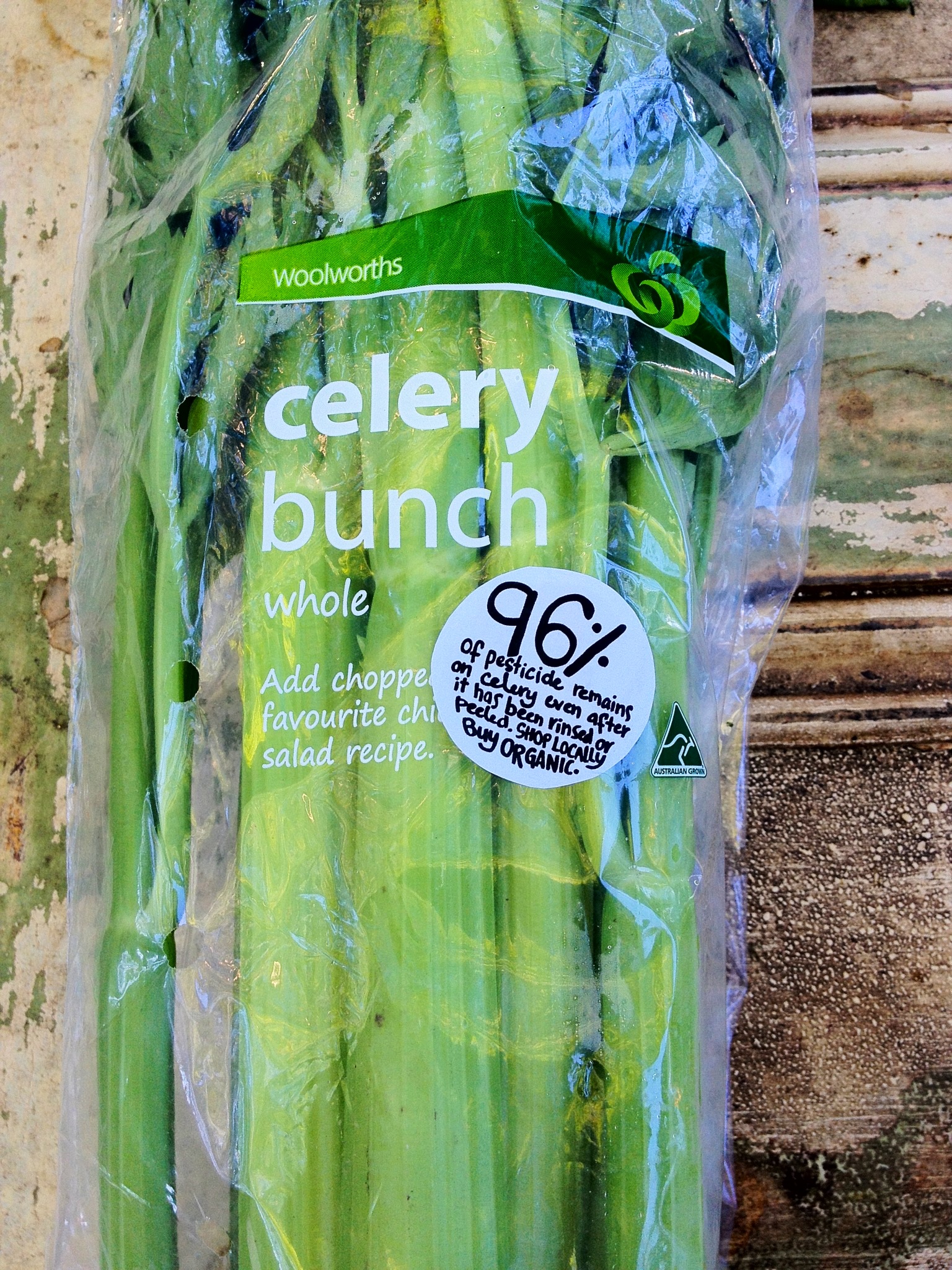Food Democracy
This work has not been commented by curators.
Title
Food Democracy
Headline
Food Democracy
Concept author(s)
Heather Lockhart
Concept author year(s) of birth
1987
Concept author(s) contribution
Completed entire work
Concept author(s) Country
Australia
Designer(s)
Heather Lockhart
Designer(s) year(s) of birth
1987
Designer(s) contribution
Completed entire design
Designer(s) Country
Australia
Friendly Competition
Competition category
Visual communication practice
Competition subcategory
static
Competition field
academic
Competition subfield
student
Subfield description
QCA
Check out the Food Democracy 2013 outlines of Memefest Friendly competition.
Description of idea
Describe your idea and concept of your work in relation to the festival outlines:
My idea focuses upon the central concept of control and the focus on corporate domination on products. The way I understood the brief, was that it was a response to ‘food democracy’ and the increasing corporate control and absence of consumer participation on the products they purchase. My design focuses on Monsanto, with the two posters providing a list of food products and pesticides that Monsanto own and produce. My designs act as a launch pad in which consumers who have seen these visual forms will further investigate Monsanto and hopefully will aid in consumers buying organic products.
The next visual form I used was a tag, this would be placed around Monsanto owned products with a quote from Monsanto’s director of corporate communications stating that they do not vouchsafe the safety of their biotech food, that it’s up to the FDA to control those tests and measures. This quote may help to plant a seed of doubt in that the consumer may question whether or not the product is safe to consume, with such an unreliable statement attached to it. The last visual form I produced was a set of stickers that indicated to the consumer how much pesticide the product contained even after it had been rinsed and peeled. By knowing the percentage of pesticides present and with the tag line ‘Buy locally. Buy organic’, consumers might use this knowledge to purchase alternate organic means in the future.
What kind of communication approach do you use?
I used print media for my designs. Using posters, tags and stickers to communicate my design concept. I selected this type of visual media as it can adapt to existing packaging and easily camouflage its form in an environment that relies on confrontational print media to make an impact on consumers.
What are in your opinion concrete benefits to the society because of your communication?
I think my design benefits society as it raises awareness of Monsanto and the products that it controls. By providing this outlet to consumers, people are able to decide whether or not they want to consume a product based on these facts at hand. People in this day and age are becoming more health conscious and concerned with the risks of pesticides and the control of their products. By providing posters, stickers and tags of information about food products and pesticides it helps to further contradict the health conscious perspective and to confront the issue of ‘Food Democracy’. Furthermore, people have become more conscious of design, so by raising awareness through the use of visual form/print media, you are visually helping to appeal to a broader market by engaging their attention in your concept.
What did you personally learn from creating your submitted work?
I personally did not know Monsanto owned so many companies. When I first started out I had no knowledge of who Monsanto even were but after completing a reading by Vandana Shiva I was able to understand and further research Monsanto related content. Most research did not support what Monsanto was doing, so I thought I would use this information to make the public aware of the choice they had over the products they purchase.
Why is your work, GOOD communication WORK?
I used print media for my designs. Using posters, tags and stickers to communicate my design concept. I thought this approach would be effective as its placing tags and stickers inside shopping centres and even invading homes, as consumers may be taking these products home unaware of the tag/stickers that have been placed on the product.
Where and how do you intent do implement your work?
My work intends to be located around and inside shopping centres. The posters will be situated outside/upon entry to the store. This provides the first point of reference in which consumers are able to question the motives of Monsanto. The next point of reference will be on the products within the store that are owned by Monsanto. This will be in the form of tags for long life shelf items and stickers on fruit and vegetables.
Did your intervention had an effect on other Media. If yes, describe the effect? (Has other media reported on it- how? Were you able to change other media with your work- how?)
Not yet...




























